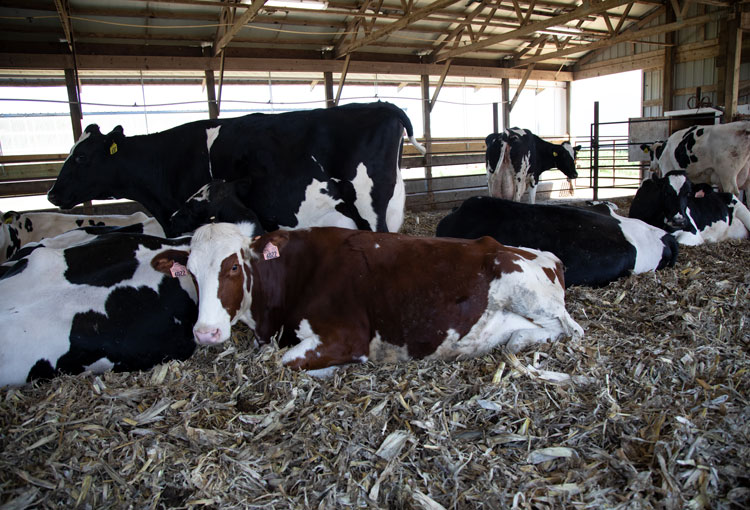
Completing every cow’s lactation with antibiotic dry treatment has been a standard practice on dairy farms for decades. More recently, there has been a trend for some dairies to only treat some cows using selective dry cow therapy.
A farm must carefully determine if they meet both the herd and individual cow benchmarks that would make them a good candidate for selective dry cow treatment. During a Michigan State University Extension Dairy Team webinar, Ron Erskine, D.V.M., shared his recommendations for making that decision. He also covered a few other less talked about management factors around selective dry treatment, and those will be shared in this article.
Is it working?
“Dry cow therapy, along with teat dipping, has been one of the cornerstones of mastitis control for more than 50 years,” Erskine said. “Dry cow therapy not only potentially treats and cures the existing infections that a cow has at dry-off, but it also plays a very important role in preventing new infections over the dry period.”
Still, he said that selective dry cow treatment can be a good tool in the mastitis control toolbox for some herds if done right. To determine success, Erskine said a farm must be able to:
- Track new and chronic infections over the dry period.
- Track clinical mastitis cases during the first 60 days after calving.
- Take into consideration the time of year and any other changes (housing, bedding, and stocking rate) that may impact somatic cell count and mastitis rate.
To identify new or chronic cases, he said to focus on individual cow somatic cell counts, specifically looking at the last test prior to dry-off and the first test after calving. A new infection is a cow that had a somatic cell count under 200,000 cells per milliliter (cells/mL) before calving but was above that threshold after calving. A cow that was over 200,000 cells/mL both at dry-off and calving is considered a clinical infection.
Erskine said the goal is to have a new infection rate below 10%. As for chronic cases, 75% or three out of four cows should cure over the dry period.
Don’t introduce infection
Even on farms that do selective dry cow therapy, the most successful still use internal teat sealant, Erskine said. Anytime treatment is administered through the teat end, there is the chance of introducing infection.
“Poor infusion technique can lead to a disaster in dry cow infections,” Erskine said. He said it is very important to scrub teat ends clean, and that regular training, employee education, and self-evaluation are critical to ensure proper technique is maintained.
Mark those cows
Finally, Erskine said to ensure quality control in treated cow identification. Cows receiving dry cow treatment must be clearly marked so anyone who is milking on the farm knows which cows need their milk tested for residues after calving.
“When you go to selective treatment, you bring in a new communication barrier,” he explained. “Make sure you know who is treated, and who is not. We now have separate pools of cows within the herd.”








